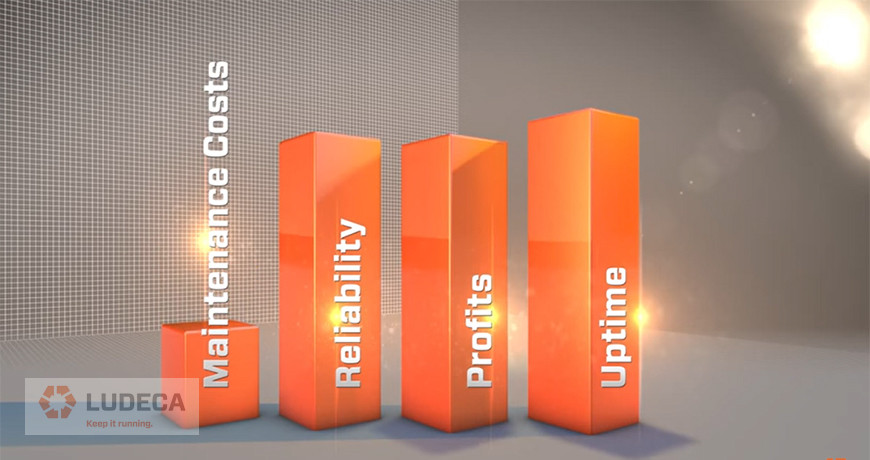
Functional failures in plant equipment are unavoidable. However, the way a company handles its asset failures can have an impact on the bottom line of the annual maintenance budget. For instance, this can mean that the maintenance department reacts to fix an issue after it occurs, or has Proactive Maintenance technology and processes (PMs) in place to reduce the number of surprise failures. There are higher costs associated with both, but the difference lies in how long we hold these higher costs. Let’s take a look.
Reactive Culture
Reactive maintenance, as the name suggests, means fixing something when it breaks. When a company remains in a reactive maintenance state, they can quickly get into a downward spiral of bad situations. Maintenance costs can pile up on top of one another. For example, purchasing will continuously be expediting parts that are not in inventory for repairs and overhauls. To avoid this, some companies will keep a bigger stock of spare parts (driving up inventory costs and cost of storage.) Millwrights will have to work longer shifts to be able to “put out the fires”, meaning overtime pay for staff, while still having to perform their daily routine tasks. Working long hours and routinely performing unplanned work can cause undue stress, leading mechanics and millwrights to lose focus and potentially leading to overlooked safety hazards. In a reactive environment, unplanned downtime is king. This greatly increases costs, increases lost production, and fosters collateral damage in the rest of the system through catastrophic failures.
Proactive Culture
Proactive Maintenance means doing everything possible to prevent failures before they occur. Running a plant in the proactive domain is proven to lower costs, reduce safety risks, and run systems more efficiently. Given the initial capital outlay required to obtain the additional maintenance tools and technologies, training, and determining equipment condition baselines through condition and production monitoring, proactive maintenance typically results in greatly increased short-term maintenance costs. However, this increase is short-lived and the savings and benefits of increased production, greater efficiency and reliability will, over time, return many times the initial cost increase. The costs of reactive maintenance decrease as failures are prevented and preventative maintenance tasks are in turn replaced by intelligent condition monitoring. The net effect is a significant reduction in very expensive unplanned downtime, a decrease in spares consumption, inventory, labor costs and overall maintenance overhead. For example, performing precision laser shaft alignment is a proactive maintenance task.
One way to maintain a proactive culture within your maintenance department is to assign trained personnel to planning and scheduling. Too often, this falls under the responsibility of one individual, but it should be split into two separate roles (depending on the size of the plant.) I have visited numerous sites throughout the United States, and not one has lacked maintenance tasks for its millwrights. This is a key indicator that these two positions are needed.
Planning and Scheduling
Planning is a key component of a good reliability program. It generates more time for the technician because it increases the efficiency of each task through good job plans and properly written procedures. Proper planning also involves coordination with the MRO Stores department to ensure that a kit of the appropriate tools and parts for the planned job is available and timely delivered to the job site. This avoids noncompletion of assigned tasks due to wrong or missing parts and tools.
Scheduling involves detailed coordination with the Operations, Production, MRO Stores and Maintenance departments to ensure that the timeline of a scheduled task meshes perfectly with each of these departments’ needs and constraints. This in turn assures that the scheduled task occurs smoothly, within the scheduled timeframe and with the planned and allocated resources, both physical and human. This is a key component of efficient reliability and accountability and ultimately boosts profits.
Top 5 Maintenance Tips to cut costs without sacrificing quality and productivity
Filed under:
Reliability by Adam Stredel CRL
